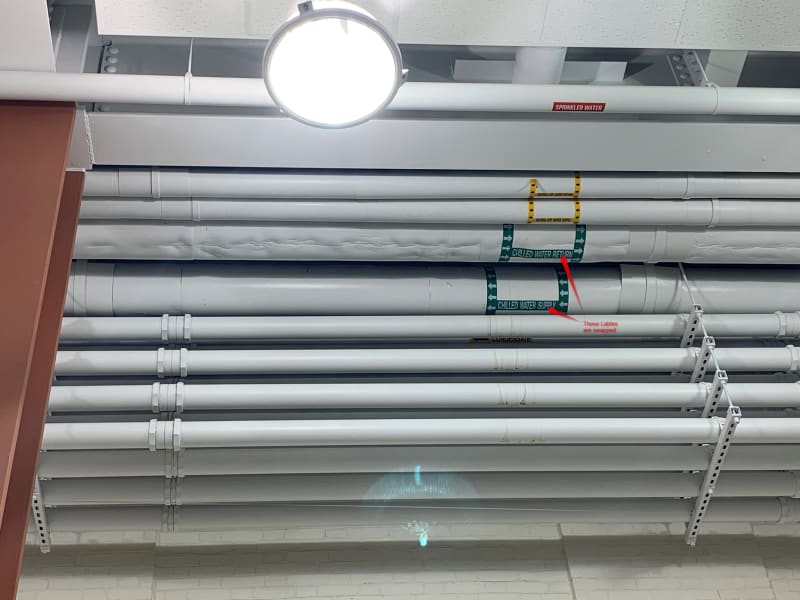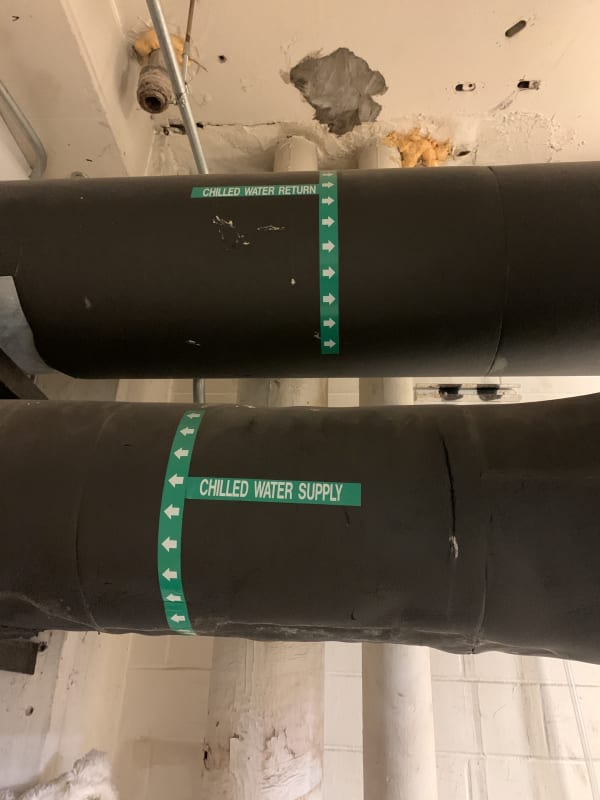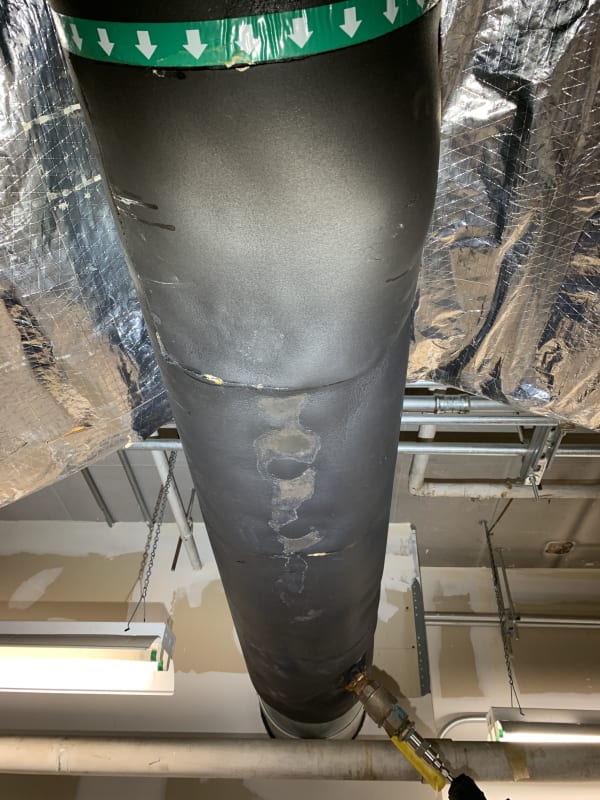-
1
- #1
Cool_Controls
Electrical
I work on a University campus that has been experiencing degradation\failure of chilled water pipe insulation. The installations are all 10 to 20 years old utilizing Armaflex closed cell elastomeric foam, the failure is always on the supply pipe (chilled water supply temp is approx. 42°F, return is 48 to 50°F). The insulation begins to wrinkle, pucker, and collapse in on itself resulting loss of thickness and R-value eventually leading to sweating pipes. This is occurring in numerous buildings of all different types (Labs, Offices, Dorms). Has anybody seen anything like this or have an idea what is causing it?






